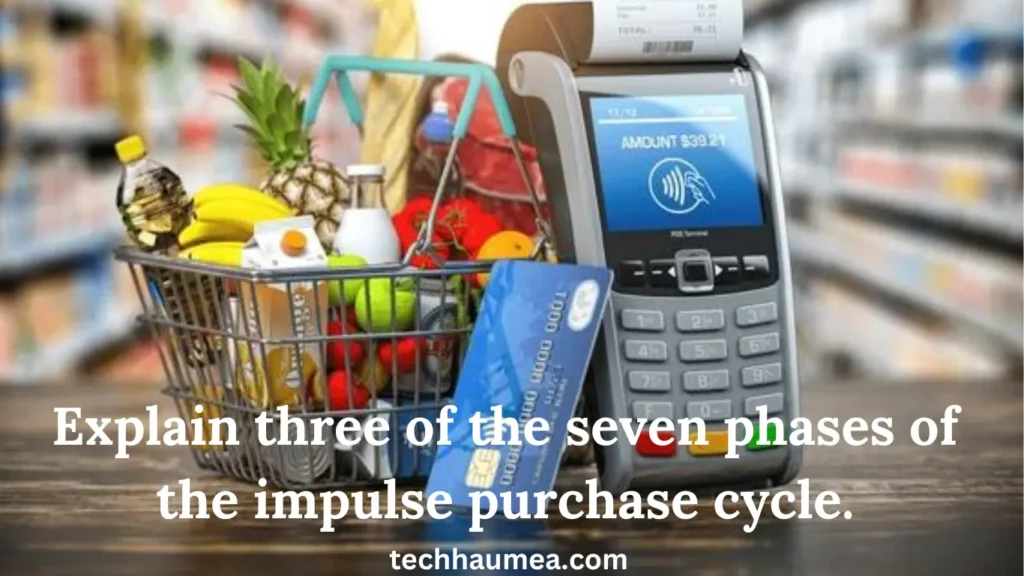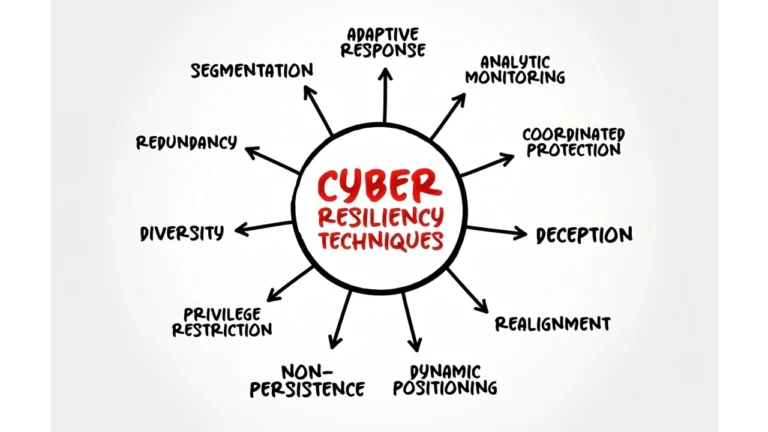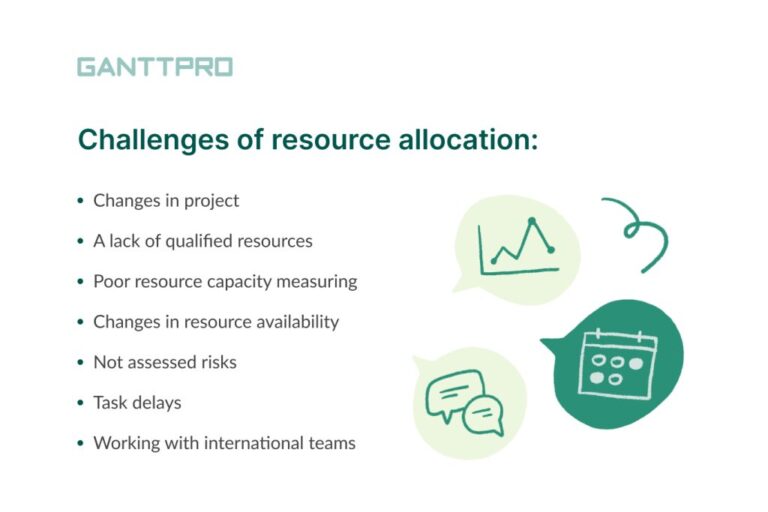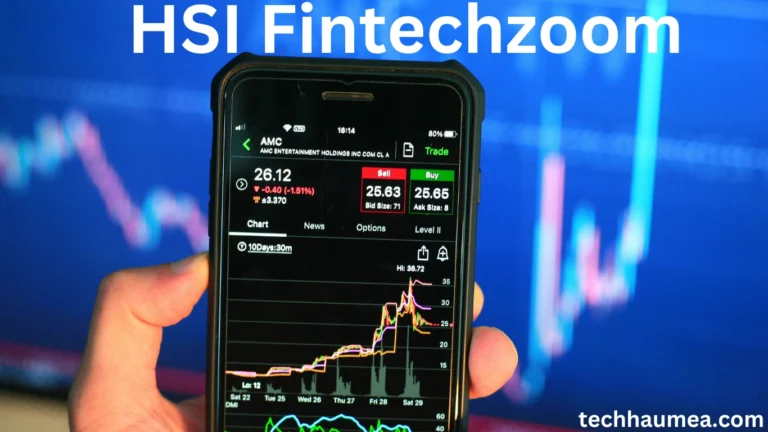Explain three of the seven phases of the impulse purchase cycle.

Have you ever found yourself buying something unexpectedly while shopping? This is called impulse buying, and it’s a fascinating behavior driven by psychological triggers and emotional responses. In this article, we will explain three of the seven phases of the impulse purchase cycle. to help you understand how businesses influence your spontaneous buying decisions. By learning about these phases, you can become a more informed shopper and recognize the strategies that companies use to encourage impulse purchases.
Phase 1: First Contact with the Product
The first phase of the impulse purchase cycle is known as “First Contact with the Product.” This is the moment when a consumer first encounters a product, either in a physical store or online. The initial impression a product makes is crucial because it can instantly attract a potential buyer’s attention. When we explain three of the seven phases of the impulse purchase cycle., it’s important to highlight how significant this first encounter is.
A product’s design, packaging, and placement play a big role in catching the eye of shoppers. For instance, a brightly colored package or a uniquely shaped bottle can grab a customer’s attention and make them curious about the product. Retailers strategically place items in high-traffic areas, such as at the end of aisles or near the checkout counter, to increase the chances of impulse purchases. Online stores use similar tactics by featuring products prominently on their homepage or through eye-catching ads.
Research shows that the way a product is presented can greatly influence a shopper’s decision-making process. When a product is appealing at first glance, it creates a positive impression that can lead to an impulsive decision to buy. This phase is all about capturing the customer’s interest and making them feel like they need to learn more about the product.
Phase 2: Intrigue and Emotional Appeal
The second phase, “Intrigue and Emotional Appeal,” focuses on the emotional connection a consumer develops with a product. This is one of the most powerful phases when we explain three of the seven phases of the impulse purchase cycle. During this stage, the consumer’s feelings and emotions are heavily influenced by advertising, branding, and marketing strategies.
Advertisers use various techniques to evoke emotions and create a strong appeal for their products. For example, they might use heartwarming stories, beautiful imagery, or emotional music in commercials to make people feel happy, nostalgic, or even excited. These emotional triggers can make a person more likely to make an impulsive purchase.
Furthermore, the use of power words like “limited edition,” “exclusive,” or “hurry” can create a sense of urgency, making consumers feel like they need to act fast or risk missing out. This tactic plays on the fear of missing out (FOMO) and can drive people to make spontaneous purchases without much thought.
In addition to emotional advertising, brands often create a personal connection with consumers by sharing relatable stories or values. This emotional bond can make people feel more attached to the product and more likely to buy it impulsively. The emotional appeal phase is all about creating a desire for the product by connecting with the consumer on a personal level.
Phase 3: Consideration of Product Value
The third phase, “Consideration of Product Value,” involves a more rational evaluation of the product’s worth. When we explain three of the seven phases of the impulse purchase cycle. this phase stands out as the point where consumers start to weigh the pros and cons of making a purchase.
During this stage, the consumer considers the product’s price, quality, and benefits. They might compare it to other similar products or think about whether the purchase aligns with their needs and budget. This phase is all about assessing whether the product is worth the investment, both financially and emotionally.
However, even in this seemingly logical phase, emotions can still play a significant role. For example, if a product is on sale or has a special promotion, the perceived value can increase, making the consumer more likely to buy on impulse. Shoppers often justify an impulsive purchase by convincing themselves that they are getting a good deal or that the product offers unique benefits.
Marketers can influence this phase by highlighting a product’s unique features, benefits, and value propositions. By effectively communicating why a product is worth buying, they can sway consumers to make a purchase, even if it was not originally plan. The consideration of product value phase is where logical reasoning meets emotional desire, creating a powerful combination that can lead to impulse buying.

Also, Read Aesthetic:Tszo2bm5lxa= Fall wallpaper Adorable And Charming
| Phase | Description | Key Elements |
| First Contact with the Product | Initial encounter with a product that grabs the shopper’s attention. | Design, packaging, placement |
| Intrigue and Emotional Appeal | Developing an emotional connection with the product through advertising and marketing. | Emotional triggers, power words, brand connection |
| Consideration of Product Value | Evaluating the product’s worth, including price, quality, and benefits. | Price comparison, perceived value, promotional offers |
Frequently Asked Questions
What is the impulse purchase cycle?
The impulse purchase cycle is a seven-phase process that describes the stages a consumer goes through when making an unplanned purchase, influenced by psychological and emotional triggers.
Why is the first contact with a product important in impulse buying?
The first contact with a product is crucial because it captures a shopper’s attention through design, packaging, and strategic placement, increasing the likelihood of an impulsive purchase.
How does emotional appeal affect impulse buying?
Emotional appeal uses marketing strategies that evoke feelings, like happiness or urgency, encouraging consumers to make quick, impulsive decisions without rational consideration.
What does the consideration of product value involve?
The consideration of product value involves assessing the product’s price, quality, and benefits, as well as comparing it with other options, which can either support or hinder an impulsive purchase decision.
Conclusion:
By exploring these three phases, you can see how businesses carefully craft strategies to influence your buying decisions. When we explain three of the seven phases of the impulse purchase cycle. it becomes clear that each phase plays a critical role in guiding the consumer toward an impulsive purchase. Understanding these phases can help you become a more aware shopper, allowing you to recognize when you might be swayed by clever marketing tactics.
Remember, impulse buying is not inherently bad, but being aware of these strategies can help you make more informed decisions. Whether it’s the first contact with a product, the intrigue and emotional appeal, or the consideration of product value, each phase is designed to nudge you closer to making a purchase. The next time you find yourself reaching for an item on a whim, take a moment to think about these phases and consider whether you really need it. This awareness can help you control impulsive spending and make more thoughtful choices.
Also, Read Honaker Funeral Home Dedicated Services to Honor Families






